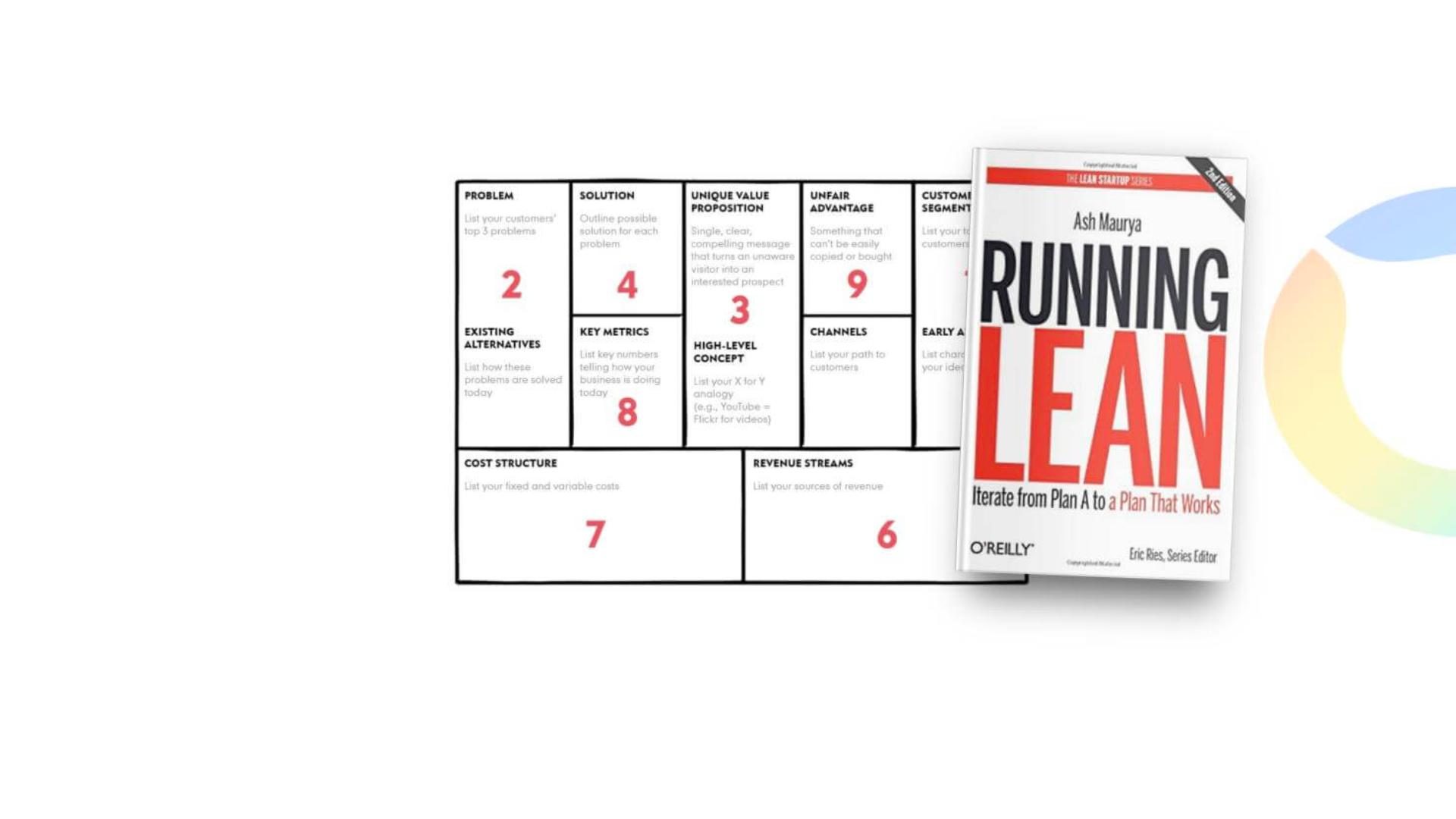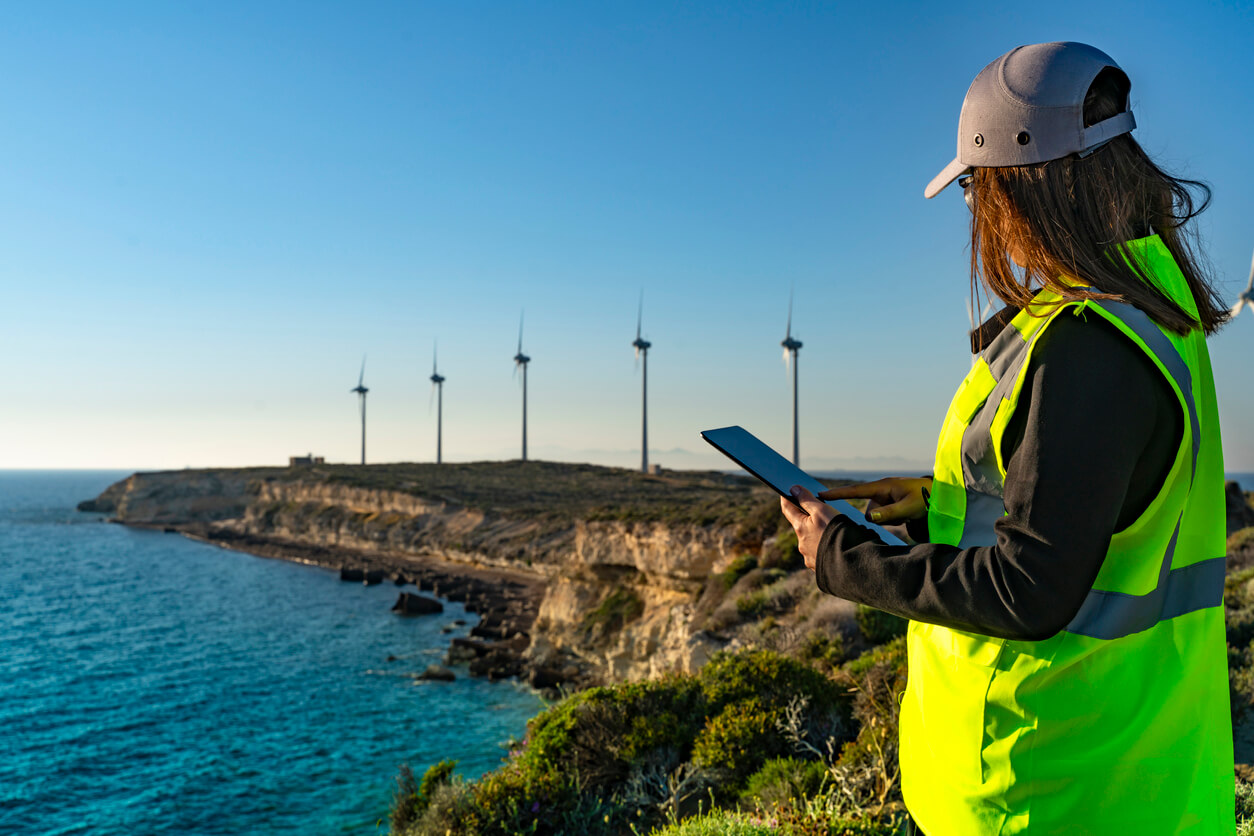Mar02

Developing a new product or business can be an exciting and challenging venture.
To increase your chances of success, creating a well-thought-out plan that maps out your business idea, its value proposition, target audience, revenue streams, cost structure, and more is important. This is where the Lean canvas comes in handy. The Lean Canvas is a powerful visual tool that helps entrepreneurs model their business ideas in a concise, organized, and focused manner. Ash Maurya developed it.
This article will discuss how to model your business idea using Lean canvas. We will review each section of the Lean Canvas and provide practical tips to help you complete it effectively.

Section 1: Problem
The first section of the Lean Canvas is the Problem section. This section focuses on your target audience's pain points or challenges. Understanding the problem, you are trying to solve with your business idea is crucial. To complete this section effectively, you should:
Section 2: Solution
The Solution section of the Lean canvas outlines your proposed solution to the problem. This section should explain how your business idea addresses your target audience's pain points or challenges. To complete this section effectively, you should:
Section 3: Key Metrics
The Key Metrics section of the Lean canvas outlines the metrics or indicators you will use to measure the success of your business idea. This section should highlight the most critical data points you need to track to ensure your business is on track. To complete this section effectively, you should:
Section 4: Unique Value Proposition
The Unique Value Proposition section of the Lean canvas outlines what sets your business apart from the competition. This section clearly explains how your business idea is different from existing solutions. To complete this section effectively, you should:
Section 5: Channels
The Channels section of Lean canvas outlines your methods to reach your target audience. This section should explain how you will market, promote, and sell your product or service. To complete this section effectively, you should:
Section 6: Customer Segments
The Customer Segments section of Lean canvas outlines the specific groups of customers that you are targeting with your business idea. This section should explain who your ideal customer is and how you will reach them. To complete this section effectively, you should:
Section 7: Revenue Streams
The Revenue Streams section of the Lean canvas outlines how your business will generate revenue. This section should explain how you will monetize your business idea. To complete this section effectively, you should:
Section 8: Cost Structure
The Lean canvas's Cost Structure section outlines your business's costs to operate and grow. This section should explain how you will manage your expenses and ensure your business is financially sustainable. To complete this section effectively, you should:
Conclusion
The Lean Canvas is a powerful tool that helps entrepreneurs model their business ideas in a concise, organized, and focused manner. By completing each section of the Lean canvas, you can create a well-thought-out plan that maps out your business idea, its value proposition, target audience, revenue streams, cost structure, and more.
With this information, you can make informed decisions, prioritize tasks, and ensure that your business is on track to success. Remember to be flexible, open to feedback, and willing to adjust your strategy to meet your business's and target audience's evolving needs.
By Andrew Constable MBA, XPP, BSMP
Keywords: Design Thinking, Innovation, Lean Startup
 Glimpses of Agentic Intelligence: Gemini-3-Flash Navigating Mock ARC-AGI-3 Grid Worlds
Glimpses of Agentic Intelligence: Gemini-3-Flash Navigating Mock ARC-AGI-3 Grid Worlds Leadership Vacancies are Predictable. The Costs of Being Unprepared.
Leadership Vacancies are Predictable. The Costs of Being Unprepared. The Power of Self-Love: Insights from Karl Taft and Zen Benefiel
The Power of Self-Love: Insights from Karl Taft and Zen Benefiel Every Role Is a Sustainability Role
Every Role Is a Sustainability Role The Corix Partners Friday Reading List - December 26, 2025
The Corix Partners Friday Reading List - December 26, 2025